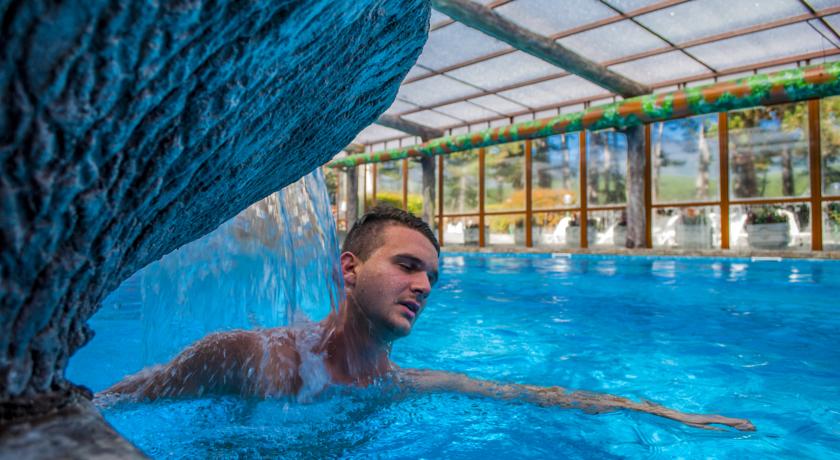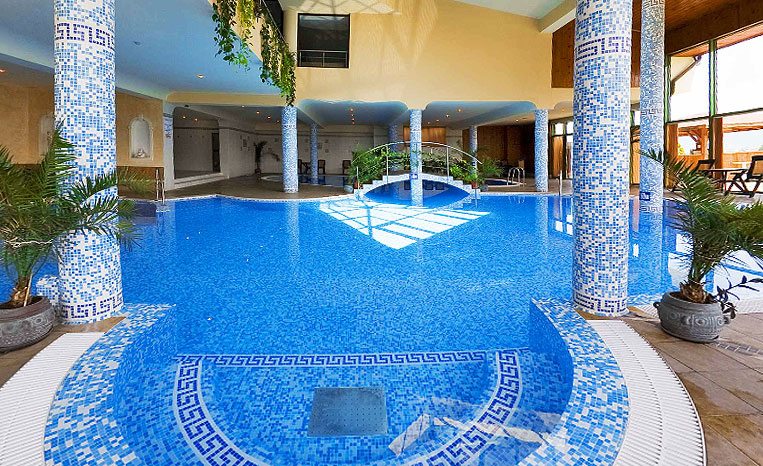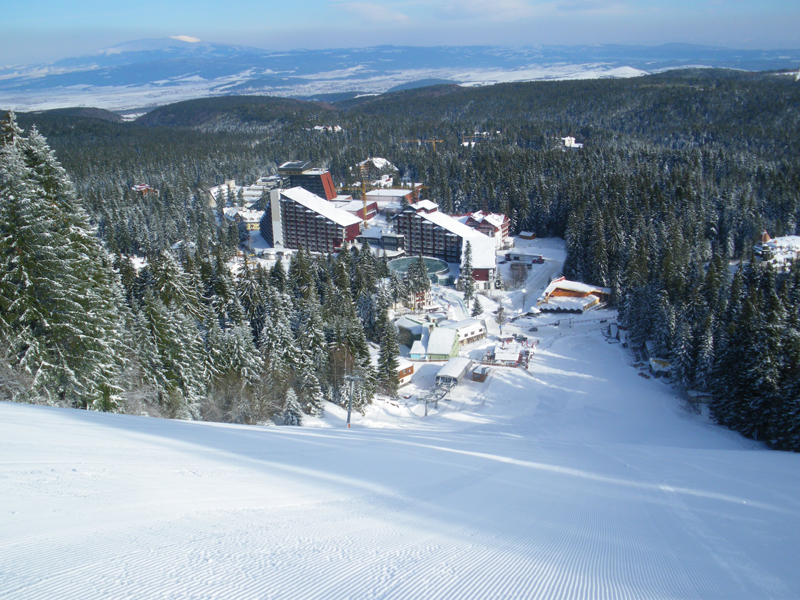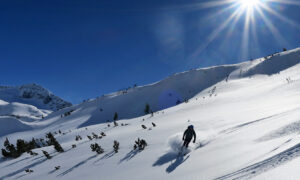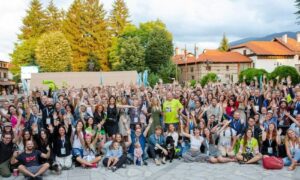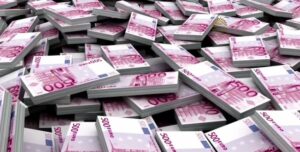(Editor’s note: This post draws on aggregated information including tourism documents about spas and medical tourism. We did not physically visit the spa facilities, though we will.)
BY KALINA VARBANOVA and TERRY BOYD
Bulgaria is a fascinating, yet little-celebrated country that seems to quietly have everything going its way for the moment.
Dispatches has posted about Sofia as a wildly underrated travel destination, and about the beach scene in Varna. But a lot of people outside this Balkan country don’t realize Bulgaria is a rare economic standout in the region, winning praise from rating agencies such as Moody’s Investor Services for strong GDP growth and reform of the healthcare, banking, energy and education sectors.
And unlike countries such as Greece and Italy, the economy is growing at a rate comparable to the Netherlands and Luxembourg … though lower than neighboring Romania, which is a tech center.
Of course, this isn’t a financial story … this is about a tourism category you might have overlooked. Bulgaria has a lot more travel cards to play than beaches and mountains including thermal spring spas and holistic health destinations.
The first world’s first recorded medical tourism industry started when Greeks and Romans headed to the mineral spring spas both to relax and to heal, with emperors Trajan, Septimius Severus, Maximilian and Justinian building up balneotherapeutic centers where patients treated diseases by bathing in hot mineral waters. So the opportunities for climatic treatment and balneotherapy have been used since way back.
Today, Bulgaria ranks among the first in Europe in terms of wealth and diversity of hydrothermal waters and bioclimatic treatment resorts, with the Velingrad area south of Sofia claiming the highest density of thermal spas.
Balneotherapeutic centers and spas treat everything from eczema to rheumatoid arthritis. Throw in the growing popularity of detox – purging the body of contaminants – treatments, restaurants with macrobiotic food, aromatherapy and beauty regimes and massages and suddenly, you have a billion-dollar industry.
Does this stuff work?
As far as we can find, the jury is still out on the scientific validity of some of the more extravagant claims. That said, what we used to call “taking the waters” seems to work for a lot of people, though no one can quite explain why. There is increasing scientific research that suggests real benefits, especially for skin diseases and circulatory problems.
The mineral waters in Bulgaria are known for their varied chemical composition, for their rich-in-minerals structure and micro-components. The mud sources along the Black Sea coast and the curative clays possess potential for the treatment of many different types of diseases, according to industry promotional materials. Bulgaria also places high in world rankings when it comes to herbs with exceptional medicinal properties, meditative herbs and apiarian (bee) products.
Finally, thanks to the Black Sea, Bulgaria has one of the milder climates on the continent, with 20 percent more sunny days than central and northwestern Europe.
All these facts make the spa resorts in Bulgaria increasingly popular. Add to that the increasing popularity of holistic approaches to health, and Bulgaria is sitting on a luxury travel/medical tourism gold mine.
This enormous resource of natural factors, combined with contemporary hotels and health centers provides an excellent opportunity for all-year-round treatment and health maintenance.
And to be sure, what we’re talking about here are two different types of destinations.
Some facilities are for serious rehab.
The Specialized Hospitals for Rehabilitation – National Complex Ltd. is a publicly traded Bulgarian company that operates 13 spa/rehab facilities across Bulgaria with staffs that treat patients from around the world. But most are luxury spas that are part of hotel complexes in the mountains, or near the Black Sea beaches. And by the way, spa tourism is a very serious global business, with the Third Congress of the Bulgarian Union of Balneology and SPA Tourism last month hosting government officials, investors, tour operators and others from around Europe.
Bulgaria is rich in beautiful, green resorts with mineral waters … balneologic and physiotherapeutic clinics, and sanatoria. The largest balneological centers in Bulgaria include Sandanski, Velingrad, Hisarya, Kyustendil, Kostenets, Devin, Sapareva Banya and Varshets.
Black Sea resorts also offer opportunities for spas and health and wellness tourism: Albena, Zlatni Piasatsi (Golden Sands), Riviera, Slanchev Den, Sv. Sv. Konstantin i Elena, Pomorie, Sozopol and Nesebar are all big destinations.
And let’s not forget the mountains. Treatment and relaxation are the thing at mountain resorts Borovets, Bansko and Pamporovo, etc. The nature, clean air and mineral waters are big assets.
There are also resorts with beaches and swimming pools at modern hotels, meant to draw people for comprehensive relaxation amid luxury. And you’re in luck … there are spas near the ski resorts where you can soothe sore muscles after a day on the slopes. At least one – Thracian Cliffs – comes with a golf resort. This being Bulgaria, there are also lots of castles, fortresses, museums and historic sites you can work into a spa trip.
You’re thinking, “Well, I can go to spas anywhere in Europe, from Baden Baden in Germany to Iceland to Hungary. Why Bulgaria?” Bulgaria has two big advantages.
First, the climate is temperate continental – almost Mediterranean on the Black Sea … without the harsh storms of the Northern Europe and Sahara heat typical for the Mediterranean countries. The combination of climate, mineral springs and therapeutic mud is quite favorable for treatment, rehabilitation and relaxation year-round.
Second, Bulgaria is hugely more affordable than, say, Baden Baden or Alpina Gstaad.
Let’s sample some prices:
• At The Vineyards Resort on the Black Sea between Varna and Burgas, for about 15 euros, you can spend the whole day in the hot pools, jacuzzi and saunas. For about 100 euros per day, you can get an executive suite in the off-season.
• At Strimon Garden Spa Club in the mountains near the Macedonia border, a family apartment goes for as little as about 125 euros per night at this grand spa.
• At Thracian Cliffs, you can take the waters, then play one of the most exotic golf courses in the world for about 120 euros in green fees, about what you’d pay at St. Andrews in Scotland.
As we always say, the coolest thing about being an expat in Europe is access to travel options you only dreamed of in your home country.
Spas in Bulgaria might seem exotic … but clearly, investors and the Bulgarian government have sunk a lot riding on a big bet they can lure you here, then keep you coming back.
Spa & wellness in Bulgaria from the VisitBulgaria website:
More than 800 hydro mineral springs clustered in over 240 water formations, rich in hot and cold mineral water with temperatures varying from 37°C up to 101°C, spout out from a depth of more than 2000 metres. Bulgarian hydrothermal, bioclimatic, mud treatment, sea cure and other health resources are ranked among the best in Europe.
Spas mean not only treatment through mineral water or thermal water rehabilitation, but also includes many other therapies, like thalassotherapies, aromatherapies, thermal mud therapies and many others. The mineral water rehabilitations include mineral water baths, underwater therapies, underwater gymnastics, hydro massages and mineral water drinking. The thalassotherapies are based on the curative power of the sea water, the sea minerals and algae. The aromatherapy on the other side is connected with full relaxing and medication through natural oil essences of rose, rosemary, jojoba, ilang-ilang and honey, chocolate, grapes and wine applications or massages.
Procedures including the use of swimming pools, showers, steam baths and saunas, warm and cold baths, herbal and aroma therapy tubs and oral intake therapy.
Kinesiotherapy
Treatment by movement. This is the most important part of the rehabilitation program for a number of patients, especially for the disabled since the restoration of impaired or lost functions is impossible without target treatment and movement.
Phototherapy
This is a branch of the physical therapy using IR (infrared), VL (visible) and UV (ultraviolet) light for curative and medical prevention purposes. Its sources of action are: quartz lamp, solux, infrarouge. The light is known for its characteristic biological (intensifying the metabolic processes in the body) and bactericide effects. It is applied in the treatment of rickets and diabetes mellitus.
Electrotherapy
The use of electrical energy. Electrical treatments are used to treat inflammations and pains in the locomotor system and the peripheral nervous system, against pareses, paralyses, chronic gynecological, upper respiratory tract and digestive system disorders.
Thermotherapy
Thermal therapy includes heat therapy and cryotherapy.
Mud (Peloid) therapy
Medical conditions for which mud therapy is used include inflammatory or degenerative disorders: of the locomotory system, peripheral and central nervous system, reproductive system organs and skin diseases such as psoriasis.


